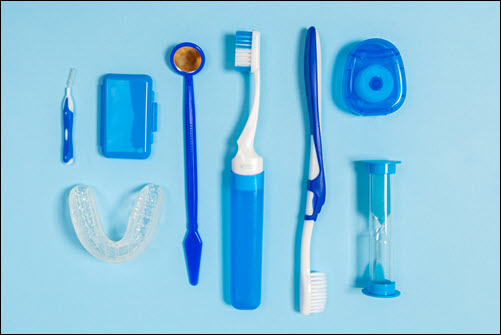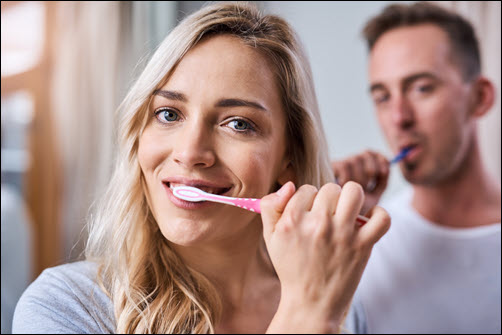Maintaining good oral health requires more than just brushing. While brushing is essential, it’s most effective when combined with flossing and rinsing, creating a powerful trio that keeps teeth and gums in top shape. Each of these steps serves a unique purpose, and together they provide complete care that supports a healthy mouth and a bright smile. Here’s why brushing, flossing, and rinsing are all independently important for dental home care, and how they collectively work to boost your oral health.
Brushing: The Foundation of Oral Hygiene
Brushing twice daily forms the cornerstone of good dental home care. When you brush, you remove plaque—a sticky film of bacteria that clings to your teeth and gums. Plaque produces acids that erode enamel and cause decay. By brushing regularly with fluoride toothpaste, you remove this plaque before it hardens into tartar, which can only be removed by a dentist.
Brushing also refreshes your breath and removes food particles that get stuck on the surface of your teeth. It’s essential to use a soft-bristled toothbrush and brush gently in circular motions to avoid damaging your gums. Brushing alone, however, can’t reach every area in your mouth, especially the tight spaces between your teeth. That’s where flossing comes in.
Flossing: Reaching the Hidden Areas
Flossing is equally essential for dental home care because it reaches the areas your toothbrush can’t access—namely, the spaces between your teeth and along the gumline. These areas are prime spots for plaque buildup and trapped food particles, and ignoring them can lead to cavities and gum disease.
Daily flossing disrupts the formation of plaque in these hard-to-reach areas, preventing the development of gum inflammation and decay. By flossing, you actively reduce the risk of gingivitis, which, if left untreated, can progress to periodontitis, a more serious gum disease that can lead to tooth loss. Many people skip flossing, but doing so allows bacteria to thrive in hidden spots, creating long-term dental issues. Combined with brushing, flossing enhances plaque removal, giving you a deeper clean.
Rinsing: The Final Defense Against Bacteria
Rinsing with an antibacterial mouthwash completes the oral care routine, reaching areas even flossing and brushing might miss. Mouthwash kills bacteria throughout your mouth, reducing the chances of gum disease and bad breath. Certain mouthwashes also contain fluoride, which strengthens enamel and offers an added layer of protection against decay.
Rinsing also flushes out any remaining particles, leaving your mouth feeling refreshed and clean. For people prone to dry mouth, a rinse helps stimulate saliva, which naturally protects teeth by neutralizing acids and washing away food particles. By incorporating mouthwash, you create an additional line of defense that complements brushing and flossing.
How These Steps Work Together
Brushing, flossing, and rinsing each serve a distinct purpose, but together they provide comprehensive dental home care. Brushing removes surface plaque, flossing reaches hidden areas, and rinsing adds a final layer of bacterial protection. When you use all three, you’re not only removing plaque and food particles—you’re protecting against cavities, gum disease, and bad breath in a way that each step alone can’t achieve.
By making these three components a consistent part of your daily routine, you strengthen your oral health, keep your teeth and gums in great condition, and reduce your risk of dental issues in the future. For a truly healthy smile, embrace the full power of brushing, flossing, and rinsing each day.


